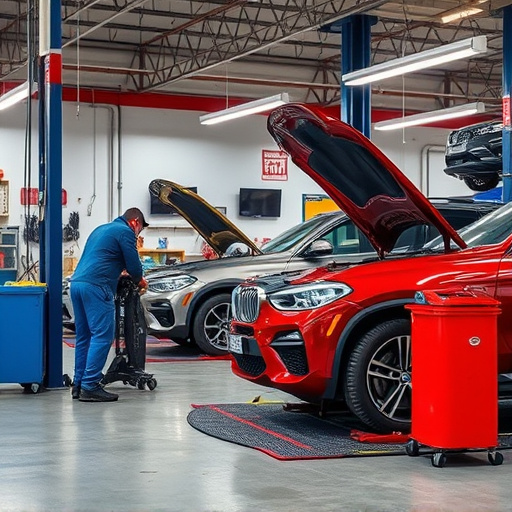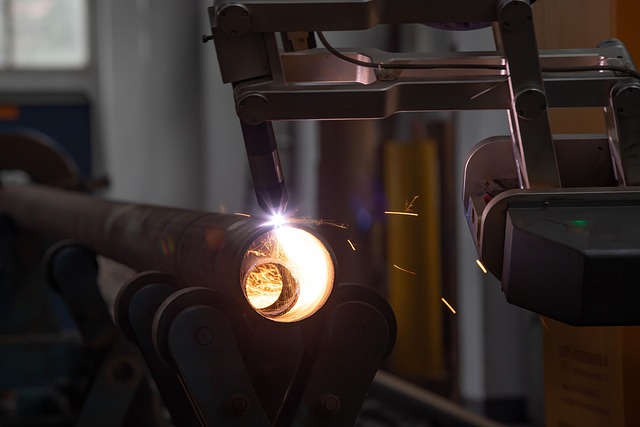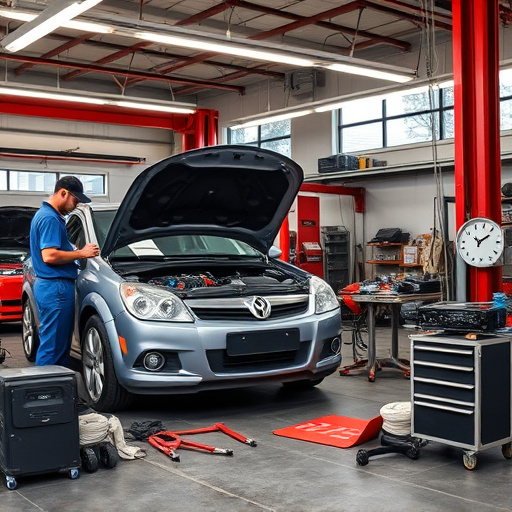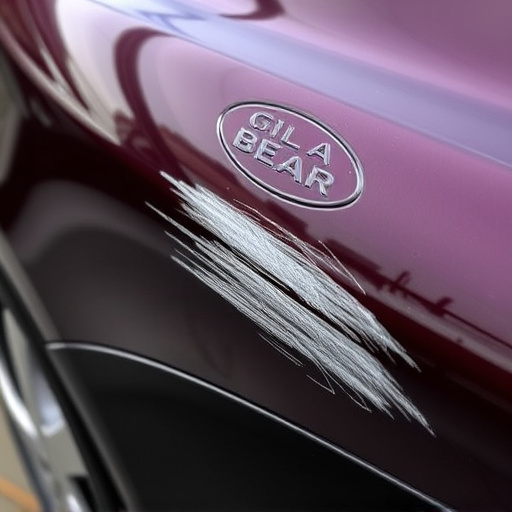Shops optimize seasonal collision repair by analyzing trends and historical data to predict peak demand, enhancing inventory management with just-in-time systems, and strategically planning staffing through advanced hiring, flexible scheduling, and cross-training, ensuring efficient operations and customer satisfaction during high-volume periods.
As seasons change, so does the demand for collision repair services. Shops must strategically prepare for peak periods to meet customer needs efficiently. This article explores proven methods to navigate increased seasonal collision repair demand. We’ll delve into assessing historical trends and forecasts to anticipate demand, optimizing inventory management for parts availability, and implementing effective staffing strategies to handle heavier workloads. By implementing these tactics, shops can ensure a smooth process during bustling seasons.
- Assess Seasonal Trends: Analyze Historical Data and Forecasts
- Optimize Inventory: Ensure Adequate Parts Stock and Supply Chain Efficiency
- Staffing Strategies: Plan for Skilled Technicians and Peak Workloads
Assess Seasonal Trends: Analyze Historical Data and Forecasts
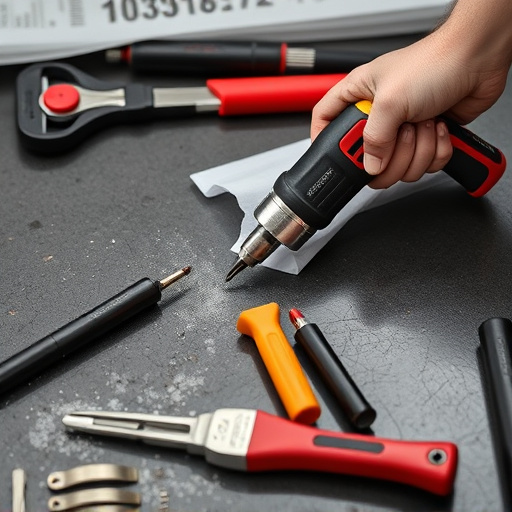
Shops need to thoroughly assess seasonal trends to effectively prepare for increases in seasonal collision repair demand. Analyzing historical data allows businesses to identify patterns and anticipate peak periods, such as summer vacation times or winter storms, when vehicle collision repairs surge. By understanding these fluctuations, car body shops can strategically allocate resources and staff schedules accordingly.
Forecasts further aid in this process by providing insights into potential economic shifts that may impact consumer spending on vehicle maintenance. Accurate forecasts enable collision repair services to anticipate not only the volume of work but also the types of damage, helping them stay equipped with the necessary parts and expertise for a smooth transition during high-demand periods.
Optimize Inventory: Ensure Adequate Parts Stock and Supply Chain Efficiency
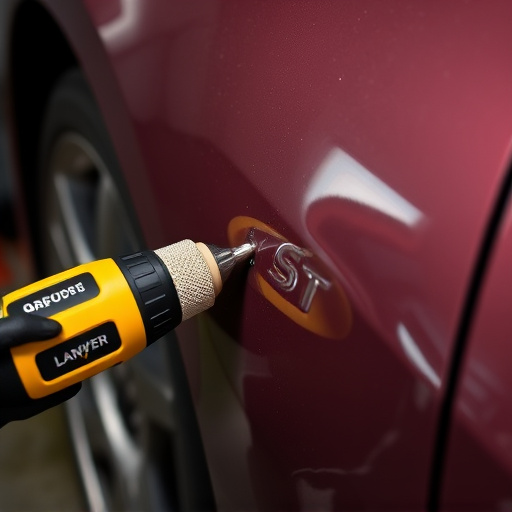
As the demand for seasonal collision repair increases, auto repair shops must optimize their inventory to meet this surge in customer needs effectively. This involves ensuring adequate stocks of all necessary parts, from replacement panels and paints to specialized tools for dent removal and body repairs. A well-stocked shop can handle a higher volume of vehicles without compromising service quality, ensuring prompt turnaround times for collision repair services.
Furthermore, efficient supply chain management is crucial. Shops should collaborate closely with reliable suppliers to streamline the procurement process. Implementing just-in-time inventory systems, where parts are ordered on-demand, reduces waste and ensures that critical components are available when needed most during peak seasons. This holistic approach optimizes both inventory levels and operational efficiency in auto repair shops, translating to better customer satisfaction and profitability amidst heightened seasonal collision repair demands.
Staffing Strategies: Plan for Skilled Technicians and Peak Workloads

Shops preparing for increased seasonal collision repair demand must strategically plan their staffing to manage peak workloads effectively. This includes hiring and training skilled technicians well in advance, ensuring they have the necessary expertise to handle a diverse range of car repair services, from minor car scratch repairs to more complex luxury vehicle repairs.
By forecasting expected demand and allocating resources accordingly, shops can avoid being shorthanded during busy periods. They should also implement flexible scheduling and cross-training programs to accommodate fluctuating workloads. This ensures that even as some technicians handle high-volume tasks, others remain occupied with consistent work, preventing burnout and maintaining service quality across the board.
Shops can effectively manage increased seasonal collision repair demand by assessing historical data and forecasts, optimizing inventory management, and implementing strategic staffing plans. By anticipating peak workloads and ensuring a steady supply of parts through efficient supply chain practices, businesses can enhance their operational readiness. These proactive measures will ultimately lead to improved customer satisfaction during periods of heightened demand for collision repair services.

